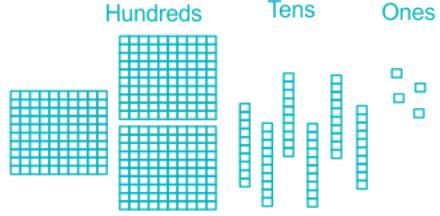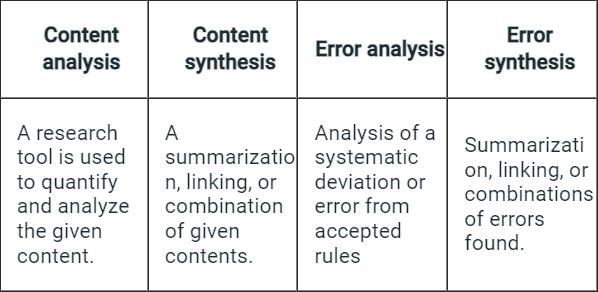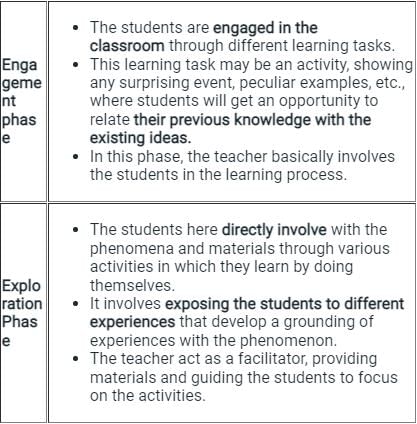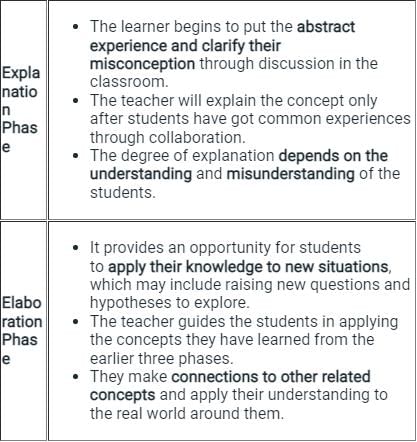Test: Error Analysis- 1 - Civil Engineering (CE) MCQ
10 Questions MCQ Test - Test: Error Analysis- 1
A thermometer is calibrated 150°C to 200°C. The accuracy is specified within ± 0.25%. What is the maximum static error?
Errors play an important role in mathematics. This statement is :-
A student was asked to read the following numbers:
306, 406, 408, 4020
He reads as follows:
Thirty six, forty six, forty eight, forty twenty
The reason for error in reading is that
306, 406, 408, 4020
He reads as follows:
Thirty six, forty six, forty eight, forty twenty
The reason for error in reading is that
Knowing the nature and characteristics of error by the students while solving mathematics problems is called ____.
The set of geometrical instruments include a scale, a pair of dividers, a pair of compasses and a pair of set squares. Out of these set square, one is a 45° - 45° set-square and the other is a ______ set- square.
Which test is used to find errors committed by students during mathematical operations?
In an assessment conducted by Class III teacher Ms. Avni, she found out that a majority of her students have difficulty in identifying correct place value and face value. What could not be the possible reason for this misconception?
Directions: Answer the following questions by selecting the correct / most appropriate option.
A child subtracted two numbers as shown below

Which one of the following statements gives idea about the child's learning of subtraction?
While teaching the concept of fractions to students of VI-grade, a teacher performed the following task: Distributed few pieces of paper (circular, rectangular shape) and thread to all the students and ask them to divide them into two parts. The students may divide the paper/thread either into equal or unequal parts. The above scenario indicates which sequential phase of 5 E’s learning model?
How will you cater to the needs of visually challenged students of your classroom in an inclusive school?

























